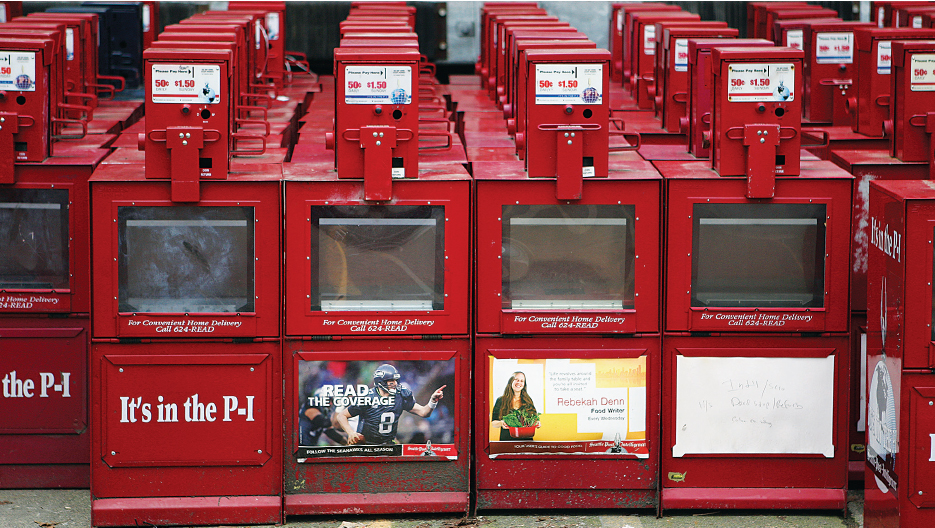America’s History: Printed Page 1011
America: A Concise History: Printed Page 917
America’s History: Value Edition: Printed Page 895
Revolutions in Technology
The technological advances of the 1980s and 1990s changed the character of everyday life for millions of Americans, linking them with a global information and media environment unprecedented in world history. Not since television was introduced to American homes in the years following World War II had technology so profoundly changed the way people lived their lives. Personal computers, cell phones and smartphones, the Internet and the World Wide Web, and other electronic devices and systems altered work, leisure, and access to knowledge in stunning ways. Like unimpeded trade, these advances in communications and personal technologies enhanced globalization.

During the 1990s, personal computers, which had emerged in the late 1970s, grew even more significant with the spread of the Internet and the World Wide Web. Like the computer itself, the Internet was the product of military-based research. During the late 1960s, the U.S. Department of Defense, in conjunction with the Massachusetts Institute of Technology, began developing a decentralized computer network, the Advanced Research Projects Agency Network (ARPANET). The Internet, which grew out of the ARPANET, was soon used by government scientists, academic specialists, and military contractors to exchange data, information, and electronic mail (e-mail). By the 1980s, the Internet had spread to universities, businesses, and the general public.
The debut in 1991 of the graphics-based World Wide Web — a collection of servers that allowed access to millions of documents, pictures, and other materials — enhanced the popular appeal and commercial possibilities of the Internet. By 2011, 78 percent of all Americans and more than two billion people worldwide used the Internet to send messages and view information. Businesses used the World Wide Web to sell their products and services; e-commerce transactions totaled $114 billion in 2003, $172 billion in 2005, and neared $500 billion in 2010. The Web proved instantly democratic, providing ordinary people with easy access to knowledge.